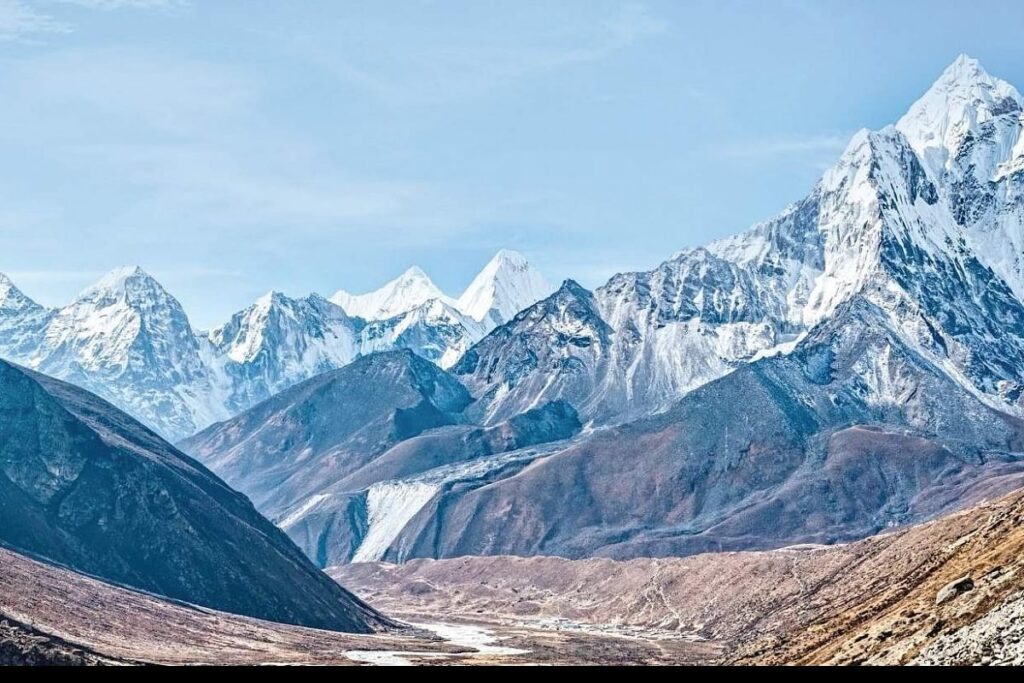Understanding Climate Change Patterns
An Indicator-Based Vulnerability Assessment For High Altitude Himalayas Using Geospatial Techniques Is The Way To Go.
Mountain ecosystems are among the most sensitive and fragile environments on Earth. They are important sources of water, energy, minerals, forest and agricultural products and areas of recreation. They are storehouses of biological diversity, home to endangered species and an essential part of the global ecosystem. Mountain Environments are very much prone to climate change and ecosystems encircling them are rapidly being impacted and affected by global temperatures and precipitation patterns at different scales. Snow and Ice being the main control parameters of the hydrological cycle, especially the seasonal runoff, and it would even impact the entire geosystem (rocks, soils, vegetations and river courses). With such an impact of climate change it is likely that water will probably become less available in due course and the consequences of which will reach far beyond the mountain regions.

Little is studied in detail in India about the vulnerability of mountain ecosystems to climate change. Thus impacting the increase exposure to either natural or economic hazards in the mountainous region. Intuitively it seems plausible that these regions, where small changes in temperature can turn ice and snow to water, and where extreme slopes lead to rapid changes in climatic zones over small distances, will show marked impacts in terms of biodiversity, water availability, agriculture, and hazards that will have an impact on general human wellbeing.
In Ladakh, the northern most region of India, all life depends on snow. Ladakh is a high altitude desert with only 50mm of rainfall. Ladakh’s water comes from the snow melt – both the snow that falls on the land and provides the moisture for farming and pastures, as well as the snow of the glaciers that gently melts and feeds the streams that are the lifeline of the tiny settlements. It has a unique cold-arid climate and with scarcity of water resources, such regions show high sensitivity and vulnerability to the climate change.
Notwithstanding the increasing number of studies on vulnerability, there has been relatively little research focused on understanding the climate change patterns. The different lineages explored offer insights into the factors that control vulnerability to climate change and weather extremes effects, providing a framework to consider resilience. A new vulnerability paradigm is emerging as a useful tool to analyse how an ecosystem should seek to adapt to the anticipated impacts of climate change.
Very few studies have been carried out to assess the indicator based vulnerability assessment understanding the climate change patterns. A study to carry out a preliminary indicator (temperature and precipitation) based vulnerability assessment for climate change using geospatial technologies impacting the mountain environment is the need of the hour in the region.
